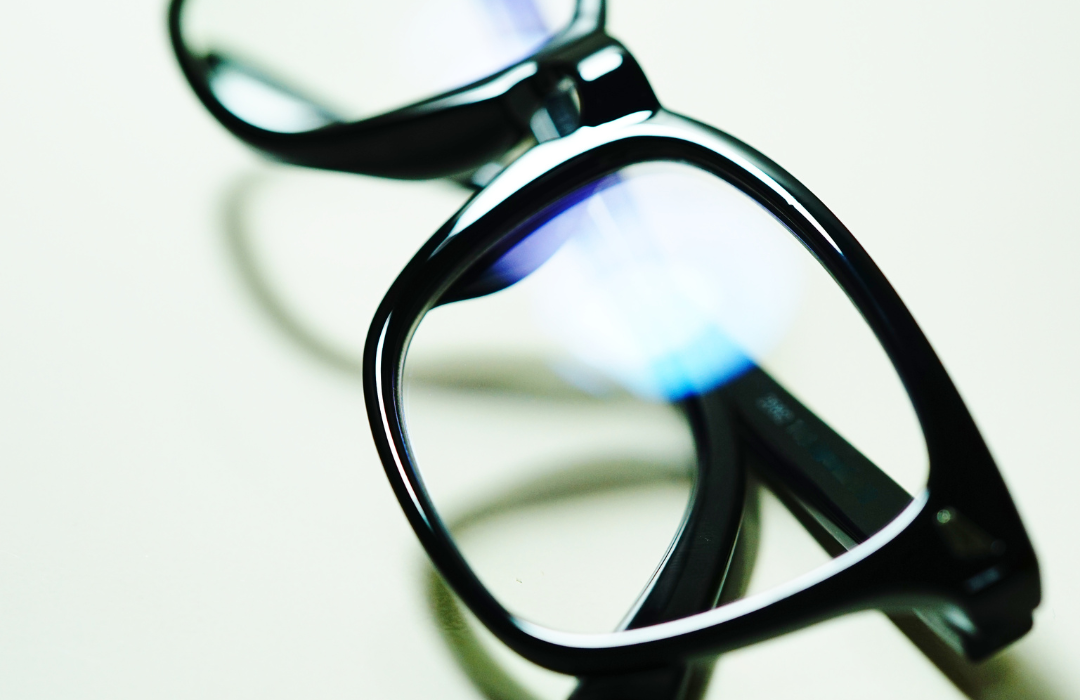
Blue Light Glasses: Do You Really Need Them in the Digital Age?
Share
The digital age has revolutionized the way we live, work, and connect. From smartphones and computers to tablets and TVs, screens have become a crucial part of our daily routines. But with this increased screen time comes the growing concern about exposure to blue light and its potential impact on our eyes and overall health. This has led to the rise in popularity of blue light glasses, marketed as a solution to eye strain and sleep disruption. But do you really need them? Let’s explore the science behind blue light, its effects, and whether investing in blue light glasses is worth it.

What Is Blue Light?
Blue light is a part of the visible light spectrum and has a short wavelength, which means it emits a high level of energy. While blue light is naturally present in sunlight and is essential for regulating our sleep-wake cycle (circadian rhythm), artificial sources of blue light from LED screens and digital devices have raised concerns. Unlike natural blue light, exposure from screens tends to happen at close range and often for extended periods.
The Effects of Blue Light on the Eyes
While research is ongoing, some studies suggest that prolonged exposure to blue light, especially from digital devices, can contribute to:
What Are Blue Light Glasses?
Blue light glasses are designed with special lenses that block or filter out blue light from screens. They come in various forms, including those with clear lenses that subtly filter blue light and more tinted versions that block a higher percentage of it. The idea is to reduce the impact of blue light on the eyes, helping alleviate digital eye strain and promote better sleep.

Do You Really Need Blue Light Glasses?
The effectiveness of blue light glasses has sparked debate. Here’s what you need to consider:
Alternatives to Blue Light Glasses
If you’re not ready to invest in blue light glasses or want to supplement their use, try these practical tips:
- Screen Settings: Activate the blue light filter or “night mode” feature on your devices. This changes the screen to a warmer tone, reducing blue light exposure.
- Adjust Lighting: Work in well-lit environments to minimize glare from your screen. Avoid using screens in total darkness.
- Take Breaks: Follow the 20-20-20 rule: every 20 minutes, look at something 20 feet away for at least 20 seconds to give your eyes a break.
- Blink Often: Remember to blink regularly to keep your eyes moist and reduce dryness.
- Position Your Screen: Ensure that your screen is an arm’s length away and positioned at eye level to minimize strain.
The Verdict: Are Blue Light Glasses Worth It?
Blue light glasses can be a helpful tool for those who experience frequent digital eye strain or have trouble sleeping after late-night screen use. While they aren’t a magic cure, they do offer benefits that many users find noticeable. If you work long hours on screens or find yourself battling eye fatigue and disrupted sleep, blue light glasses may be worth considering as part of a broader approach to digital wellness.

In an age where screens are ubiquitous, protecting your eyes from potential strain is essential. While blue light glasses aren’t a necessity for everyone, they can offer comfort and relief for heavy screen users. Incorporating habits like regular breaks, adjusting your environment, and using screen settings alongside wearing blue light glasses can help you navigate the digital world comfortably.
Explore stylish blue light glasses that combine fashion and functionality at Chase the Frames. Find a pair that suits your look and lifestyle today!
